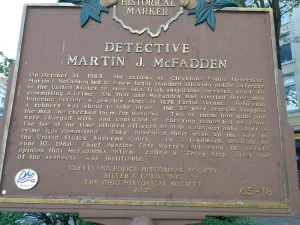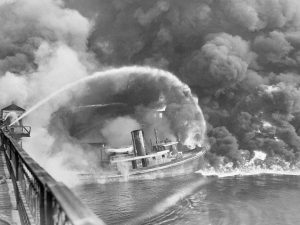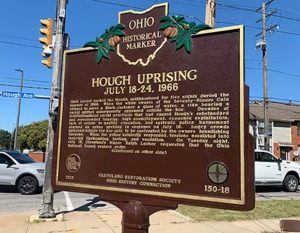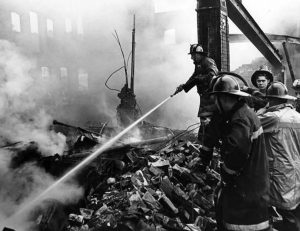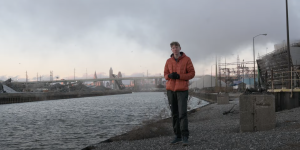Joan Brown Campbell, who advocated tirelessly for civil and human rights, dies at 93
– By Nora Tree Newhouse, Plain Dealer April 15, 2025
The link is here
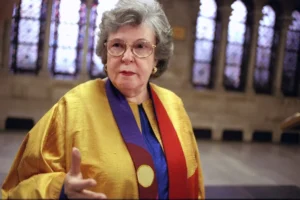
Joan Brown Campbell Dies at 93; Led Largest Ecumenical Body in U.S.
-New York Times obit
When Joan Campbell invited the Rev. Dr. Martin Luther King Jr. to speak at her all-white church in the Cleveland suburbs in 1965, she had no idea of the furor it would cause.
Bomb threats were made to her family’s spacious home in Shaker Heights, where Ms. Campbell was a full-time wife and mother. Some members of Heights Christian Church, where she worshiped, refused to let Dr. King cross its threshold.
Read more
Joan Campbell, former activist who led U.S. church council, dies at 93
-Washington Post obit
“During a visit by King to Cleveland, he met briefly with Rev. Campbell and mentioned offhand that he had never been invited to speak at a mostly White church in the area. She suggested he come to the Heights Christian Church, where she was part of the congregation.”

